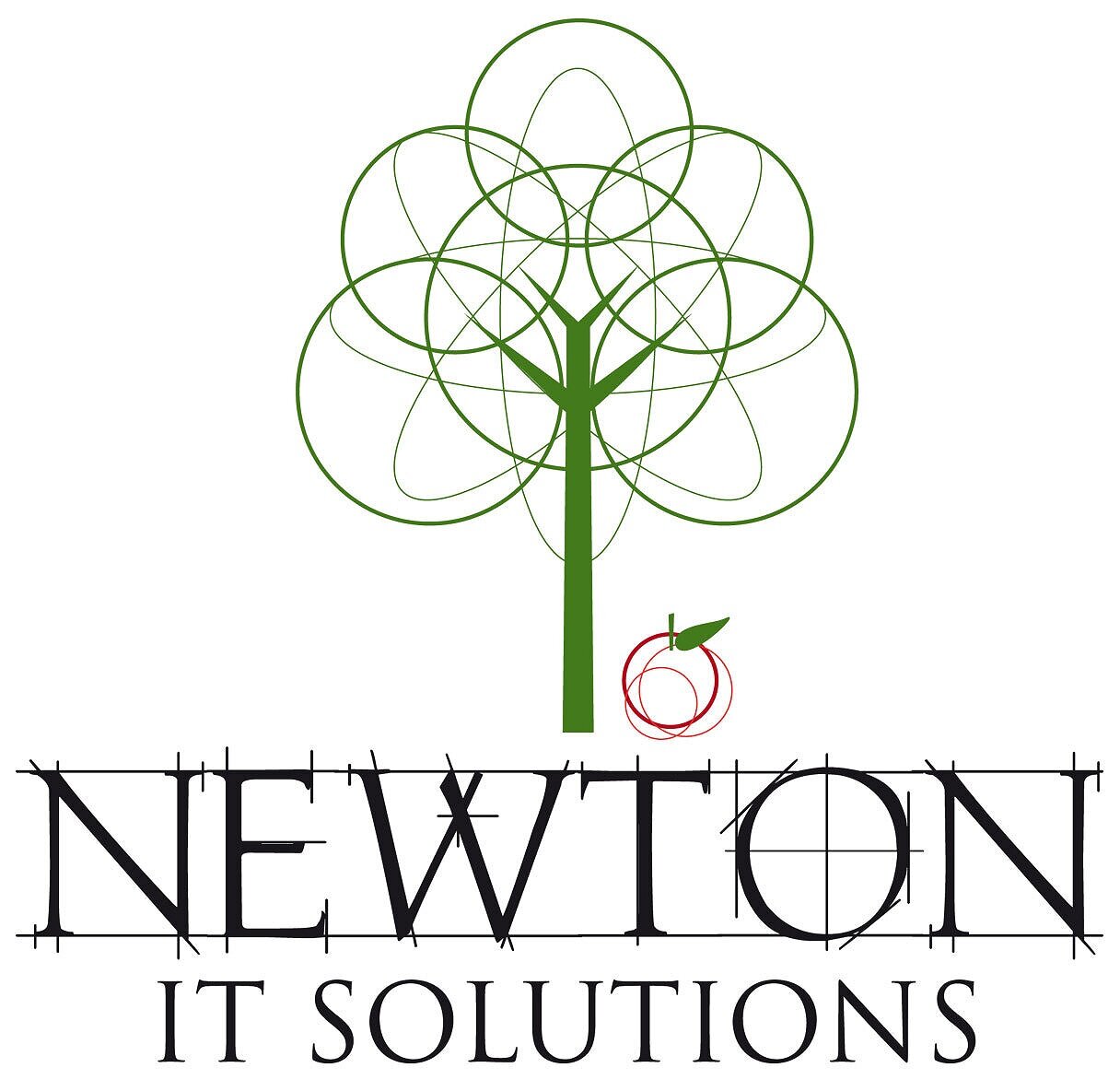Disaster recovery, we have you covered.
At Newton IT we specialise in providing disaster recovery (DR) solutions for our clients. But what exactly is DR and does my business or organisation require a disaster recovery solution?
What is disaster recovery?
Disaster recovery involves a set of policies, tools and procedures to enable the recovery or continuation of vital technology infrastructure and systems following a natural or human-induced disaster.
Disaster recovery focuses on the IT or technology systems supporting critical business functions as opposed to business continuity, which involves keeping all essential aspects of a business functioning despite significant disruptive events.
Does my business or organisation require a disaster recovery solution?
Every business should implement a DR policy, but the complexity and scale will vary with the risks to the organisation. In some cases, a simple one-page plan may be enough to survive a disaster but for the majority of organisations, a lot more thought and planning will be required.
A strategy should be developed for Information technology (IT) systems, applications and data. This should include network infrastructure, servers, desktops, laptops, wireless devices, data and any connectivity solutions such as Internet links. Priorities for any IT recovery should be consistent with the priorities for recovery of business functions and processes. IT resources required to support time-sensitive business functions and processes should also be identified. The recovery time for IT resources should match the recovery time objective for the business functions or processes.
Information technology systems require hardware, software, data and connectivity. Without one of these components, the system may not run. Therefore, recovery strategies should be developed to anticipate the loss of one or more of the following system components:
- Computer room environment (secure computer room with climate control, conditioned and backup power supply, etc.)
- Hardware (networks, servers, desktop and laptop computers, wireless devices and peripherals)
- Connectivity to a service provider (fibre, cable, wireless, etc.)
- Cloud Providers (Providers of online software applications or services such as cloud storage)
- Software applications (electronic data interchange, electronic mail, enterprise resource management, office productivity, etc.)
- Data and restoration
Some business applications cannot tolerate any downtime. So they will utilise dual data centres which are capable of handling all data processing needs, which run in parallel with data mirrored or synchronized between the two data centres. This use to be a very expensive solution that only larger companies could afford. However, these solutions are now available for small to medium-sized enterprises with critical business applications and data to protect.
If you want to find out more about Newton IT and how we can protect your data and infrastructure for your organisation, then why not get in touch and take advantage of our free no obligation review service.
Just complete your details in the form below and we will call you back or you can call us on 020 8782 1966


